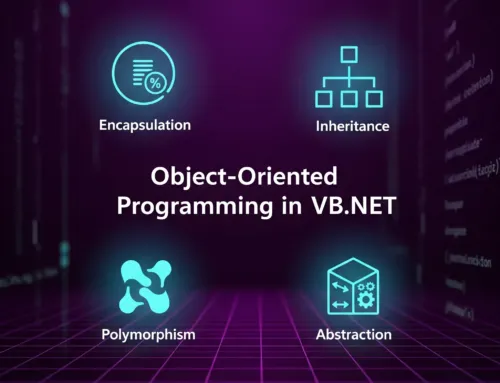
Approx. read time: 2.8 min.
Post: Using CSS classes
🌟 Lesson: Using CSS Classes to Clean Up Your Code
🧠 Why CSS Classes?
You might have noticed that adding many CSS properties directly to your HTML tags makes your code long, messy, and repetitive. For example:
This kind of code becomes a pain when used repeatedly. A better way is to define these styles once and reuse them using CSS classes. Let’s learn how.
📦 What Is a CSS Class?
A CSS class is a named collection of styles that you define once and apply to any HTML element using the class attribute.
Think of it like a style kit: you build it once and reuse it across multiple elements.
🧩 Basic Structure of a CSS Class
To write a CSS class, we use the <style> tag inside the <head> section of our HTML.
🔍 Breakdown of Code
-
Copy to Clipboard
This helps you apply consistent styling across your page without rewriting CSS repeatedly.
📚 Best Practices
-
✅ Use descriptive class names (e.g.,
.main-header,.error-message) -
✅ Keep your styles in the
<style>tag or better yet, a separate.cssfile -
❌ Avoid inline styles unless necessary
📝 Assignment
Create a webpage with the following:
-
A CSS class named
.highlightthat:-
Changes text color to white
-
Sets background color to blue
-
Adds padding of 10px
-
-
Use this class in:
-
One
<div> -
One
<p>
-
✅ Assignment Answer Key
Copy to Clipboard🌐 Want to Learn More?
Check out:
🚀 Why CSS Classes Matter & Where to Go Next
Learning to use CSS classes is a game-changer in your journey as a web developer. Instead of repeating yourself over and over, you now have a smarter way to keep your code clean, organized, and easy to update.
Think of CSS classes like having your own set of tools. Once you build a style you like, you can reuse it anytime, anywhere — just by calling its name. That’s not just convenient — it’s professional.
This is how real-world websites are built: reusable components, scalable design, and efficient code. You’ve just taken your first real step into that world.
🧭 Where to Go Next?
Ready to level up your skills? Here’s what you can explore next:
-
External Stylesheets: Learn how to move your CSS into a separate
.cssfile for even cleaner structure. -
Multiple Classes on One Element: Did you know you can combine CSS classes?
-
CSS Layouts (Flexbox & Grid): Take control of how your content is arranged on the page.
-
Responsive Design: Make your pages look great on mobile, tablet, and desktop.
-
JavaScript + CSS: Add interactivity by dynamically changing classes with JavaScript.
🛣️ Your learning journey is just getting started — keep exploring, keep building, and have fun!
-









